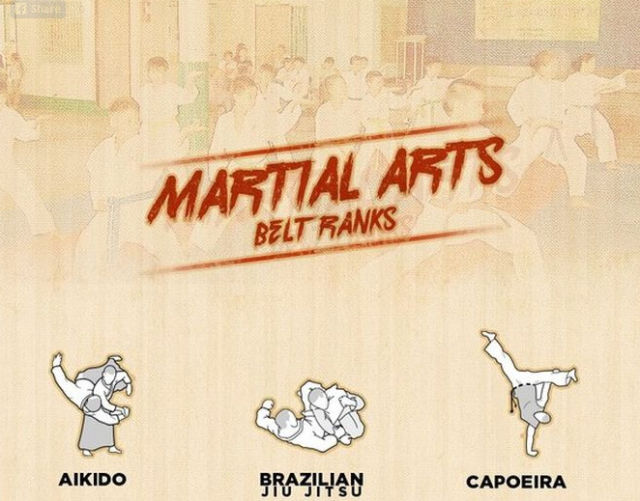The Value Of Adaptability In Fighting Style Direction
The Value Of Adaptability In Fighting Style Direction
Blog Article
Produced By-Kaufman Washington
Did you recognize that adaptability plays an important function in martial arts training?
In fact, a research study performed by the International Journal of Sports Physical Therapy exposed that over 80% of martial musicians have problem with minimal flexibility.
However why is versatility so vital? Well, it not only enhances your efficiency and strategy yet additionally decreases the risk of injuries.
So, if you're seeking to take your martial arts abilities to the next degree and stay injury-free, you'll absolutely wish to keep reading.
Advantages of Flexibility in Martial Arts
Adaptability in fighting styles brings various advantages to practitioners, enabling you to improve your efficiency and minimize the danger of injury. By boosting your flexibility, you enhance your range of activity, allowing you to implement strategies with greater precision and performance.
This improved dexterity and fluidity in your activities can give you a competitive edge, enabling you to respond quicker and adjust to various circumstances during sparring or competitions. In addition, raised flexibility helps to avoid injuries by boosting muscle mass elasticity and joint wheelchair.
Read More Listed here permits your body to move much more easily, minimizing the stress on your muscular tissues and ligaments. This, in turn, decreases the chances of strains, stress, and muscular tissue pulls. By including adaptability training right into your martial arts method, you not only improve your performance yet also secure your physical health.
Techniques to Improve Adaptability
To enhance your flexibility in fighting styles, you can integrate different stretching workouts right into your training routine.
One reliable method is vibrant stretching, which involves relocating through a full range of movement to warm up your muscle mass and enhance flexibility. Instances include leg swings, arm circles, and trunk rotations.
One more method is static extending, where you hold a go for a continual period of time. This helps lengthen and unwind your muscles, enhancing adaptability in time. Typical static stretches for fighting styles consist of the butterfly stretch, hamstring stretch, and shoulder stretch.
Furthermore, integrating yoga or Pilates right into your training can also significantly enhance your versatility.
Bear in mind to constantly warm up before stretching and listen to your body to prevent injury.
Flexibility Training for All Ability Degrees
As you progress in your fighting styles training, improving your flexibility ends up being essential for enhancing your overall efficiency. tai chi martial arts isn't just valuable for sophisticated practitioners however additionally for newbies and intermediate trainees.
Despite your ability level, integrating versatility exercises right into your training regimen will help you develop a large range of motion, protect against injuries, and boost your technique execution.
For newbies, adaptability training can aid enhance your type and position, allowing you to do activities properly and efficiently. Intermediate experts can make use of flexibility training to further raise their variety of activity and improve their fluidity in implementing complex strategies. Advanced pupils can benefit from flexibility training by maintaining and refining their existing flexibility, enabling them to perform advanced steps effortlessly.
what do you call someone who practices martial arts
In conclusion, embracing versatility in your martial arts training is vital. By integrating methods to boost versatility, you can enhance your efficiency and avoid injuries.
Bear in mind, 'An adaptable body is a durable body.' So, maintain pushing your limitations, stretching frequently, and reap the benefits of a supple and active figure.
